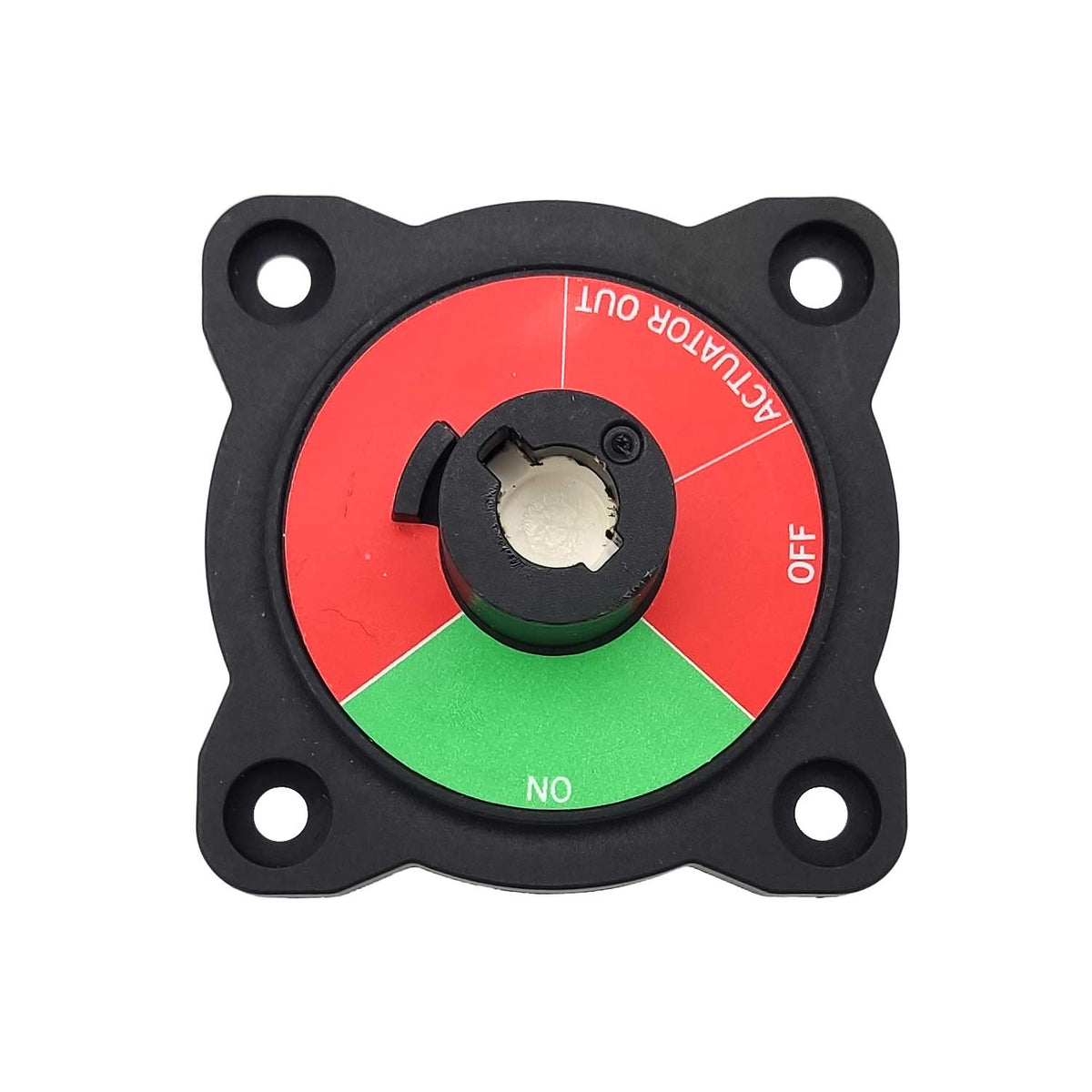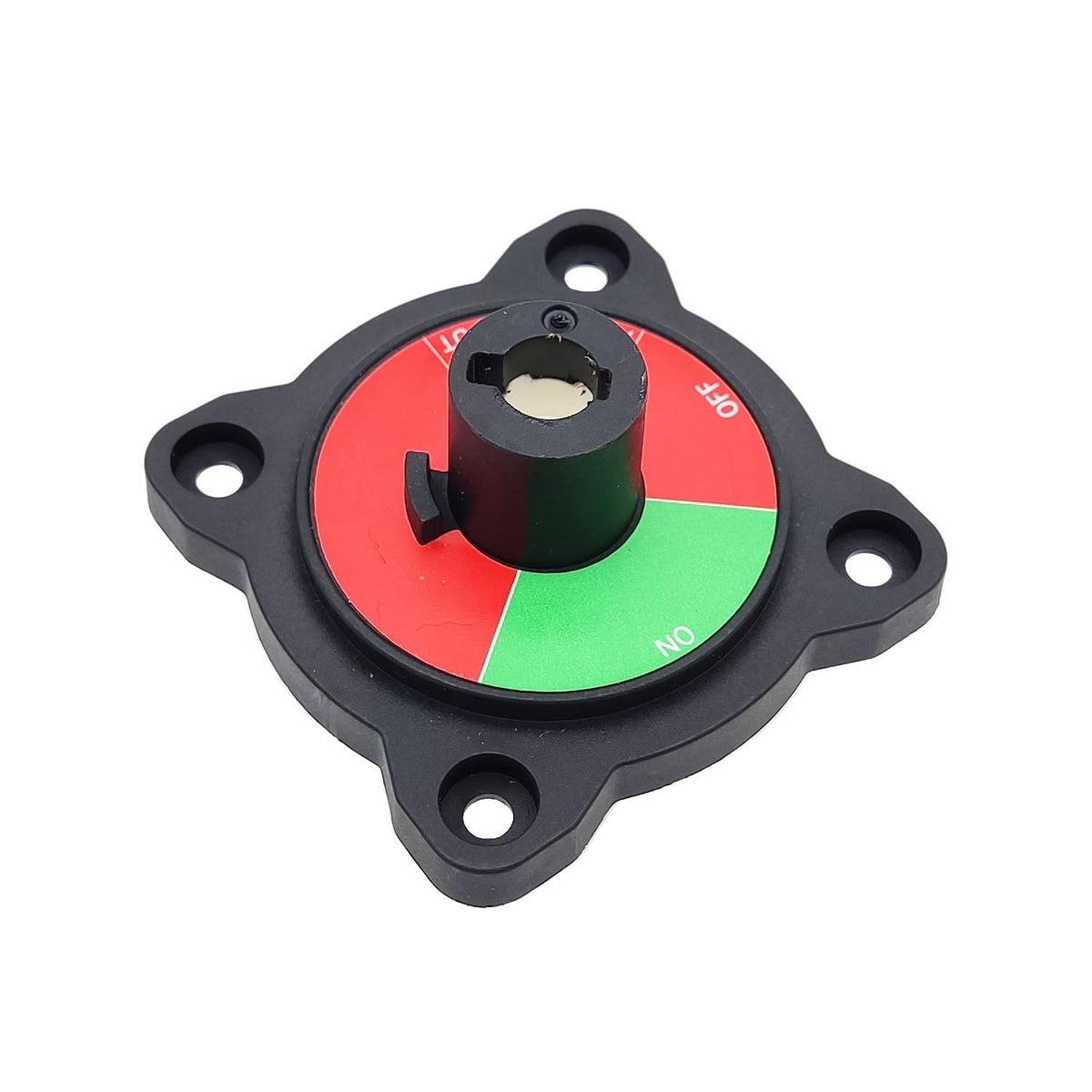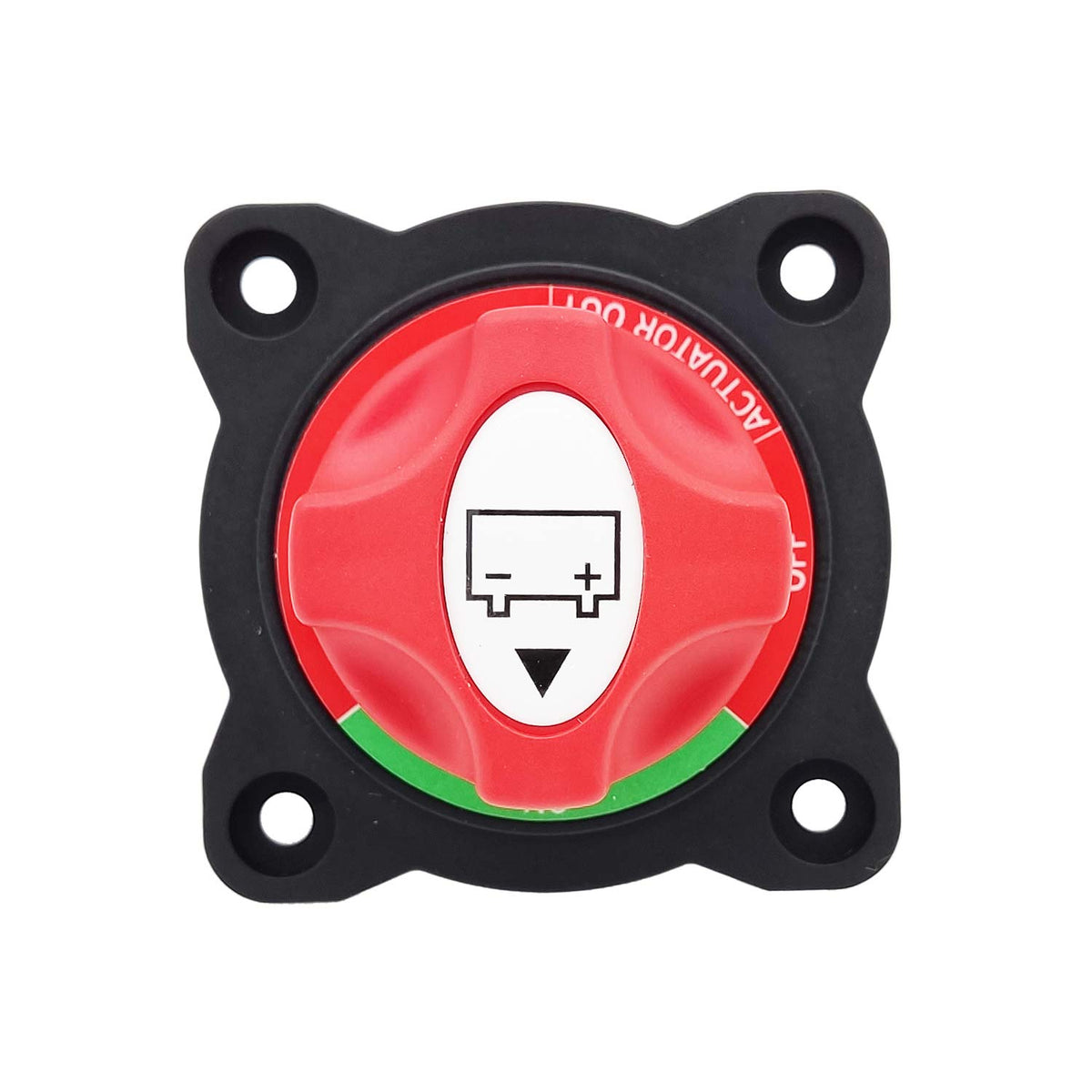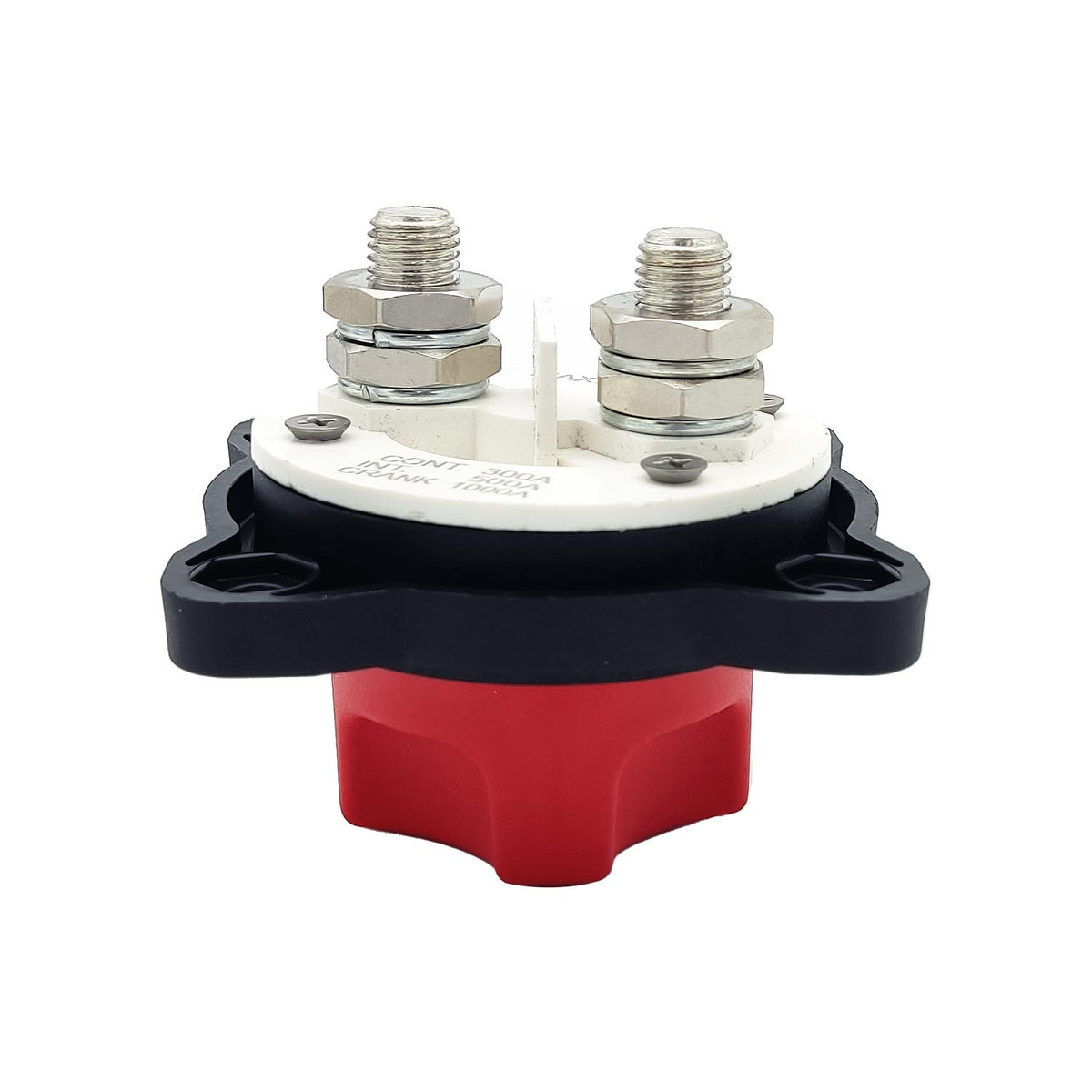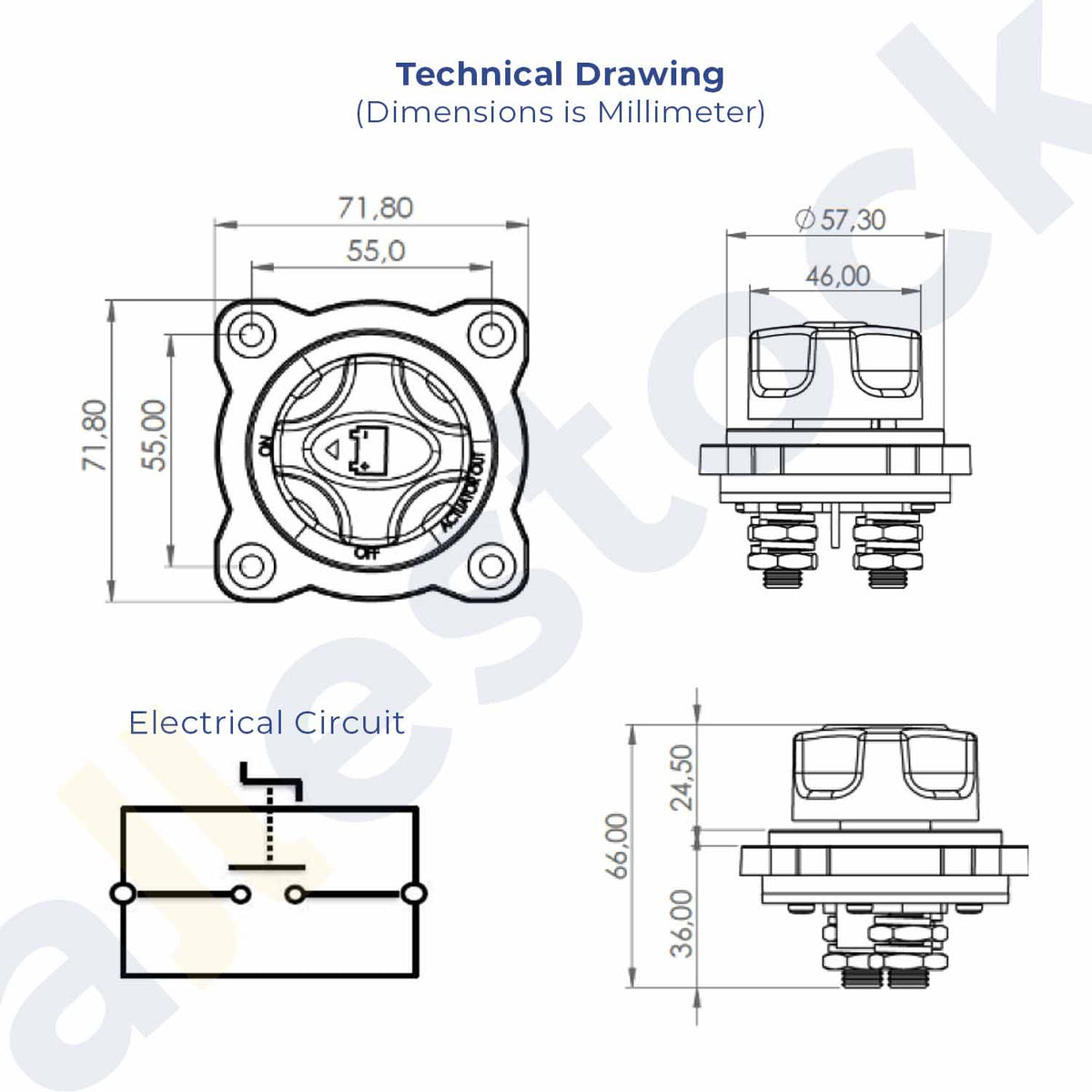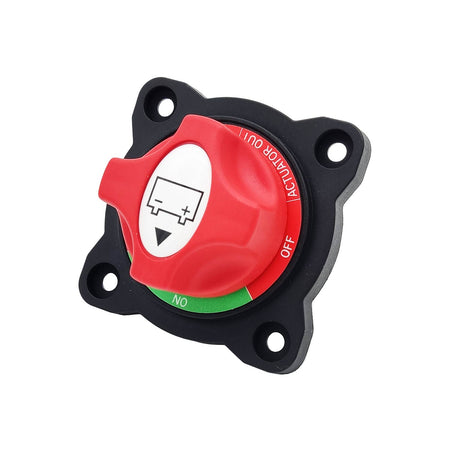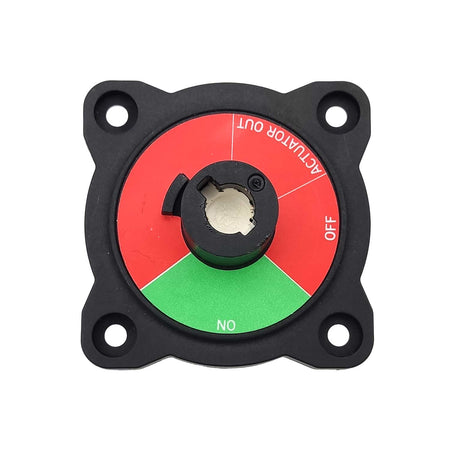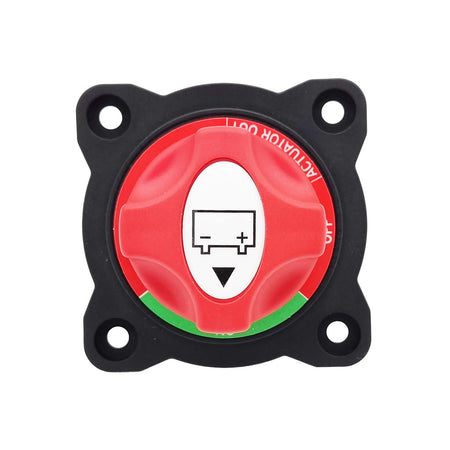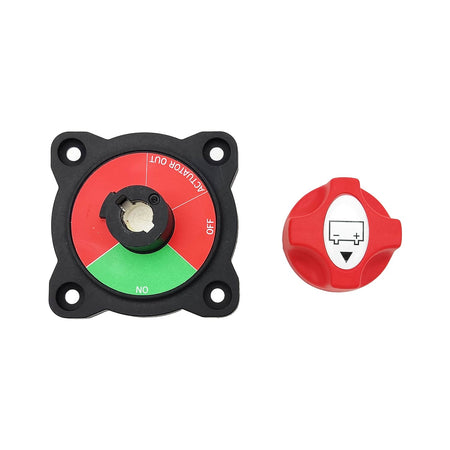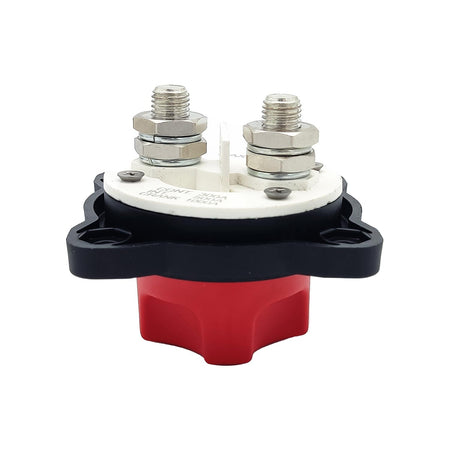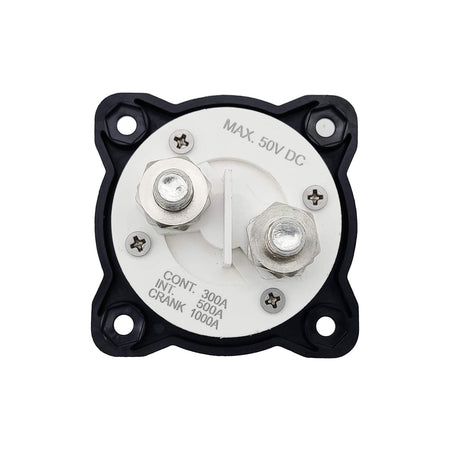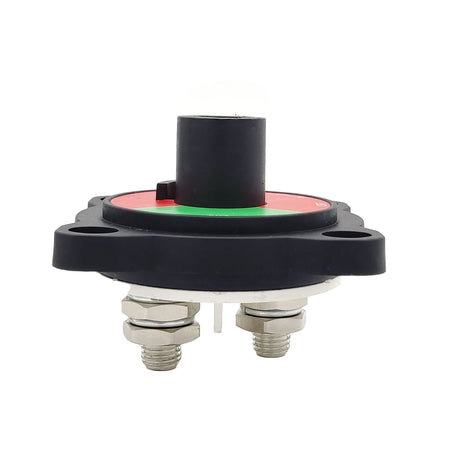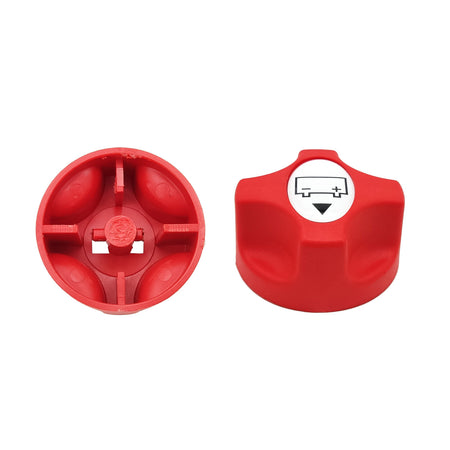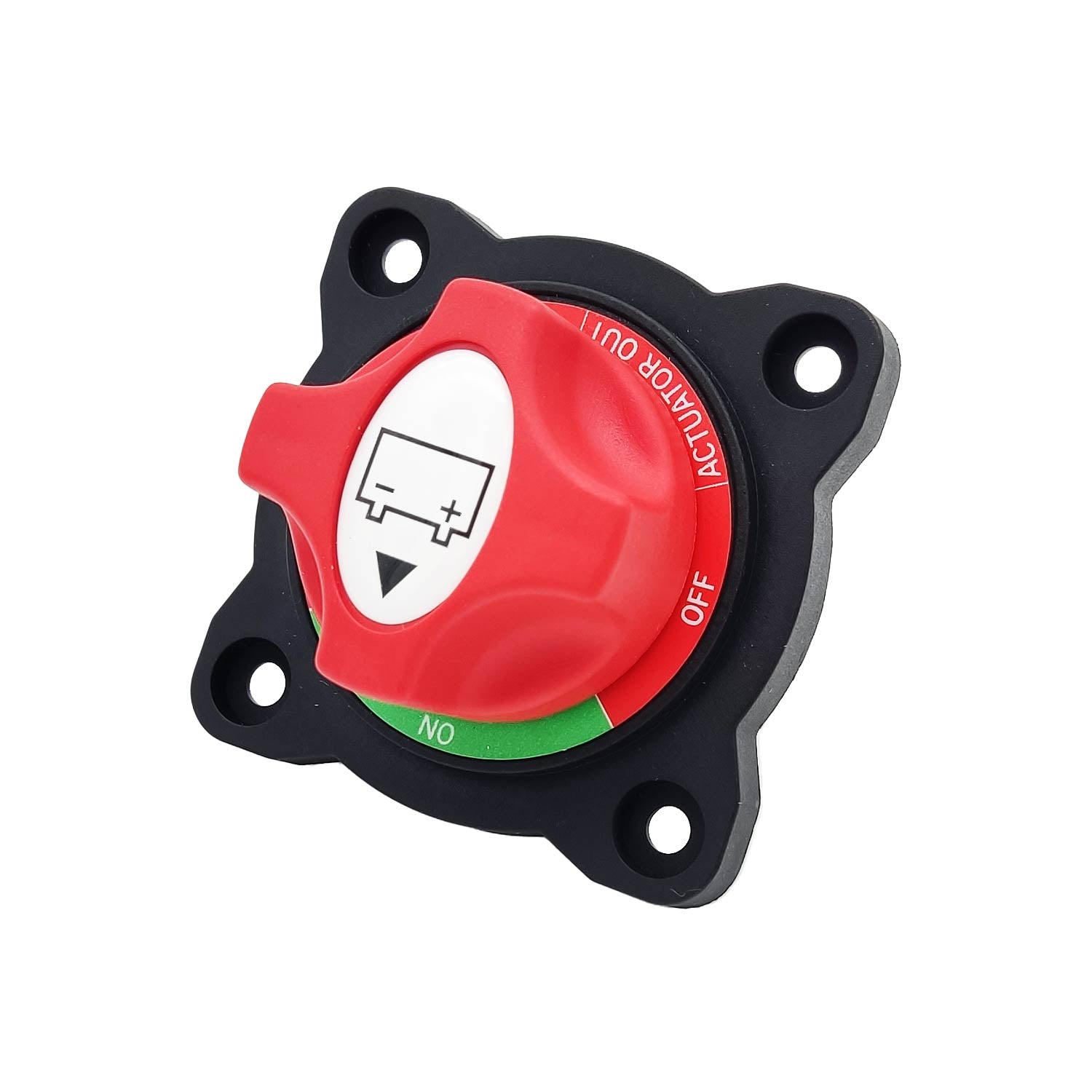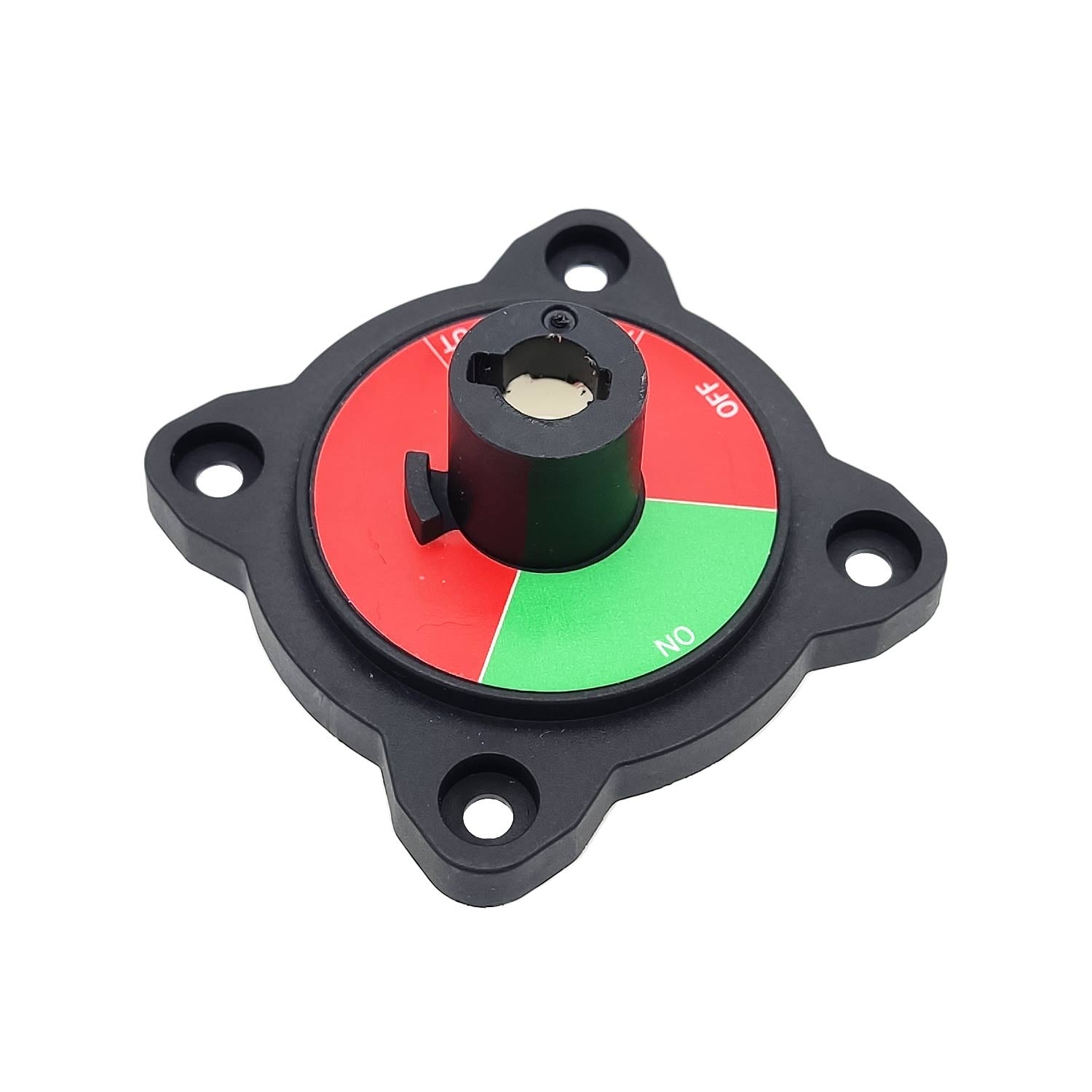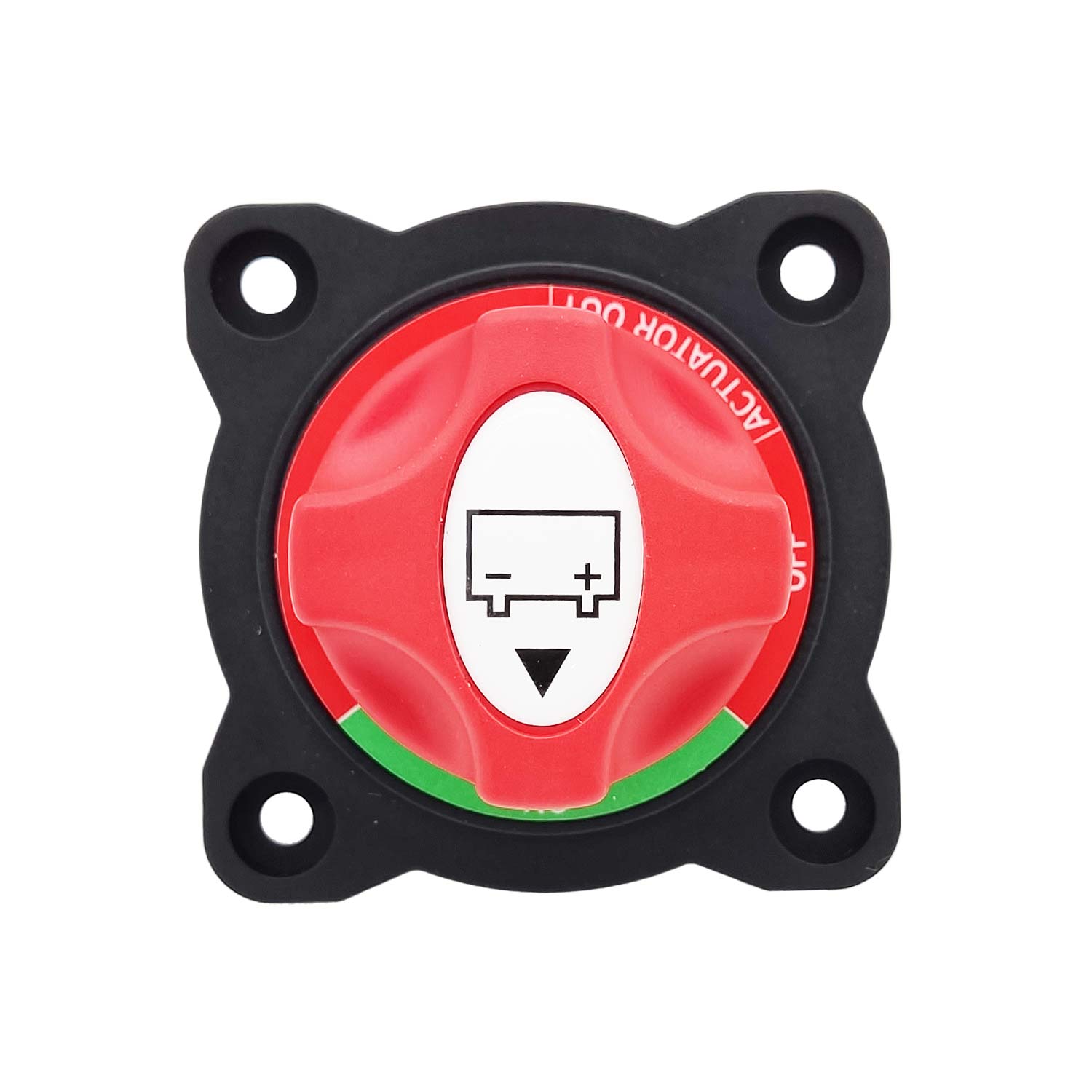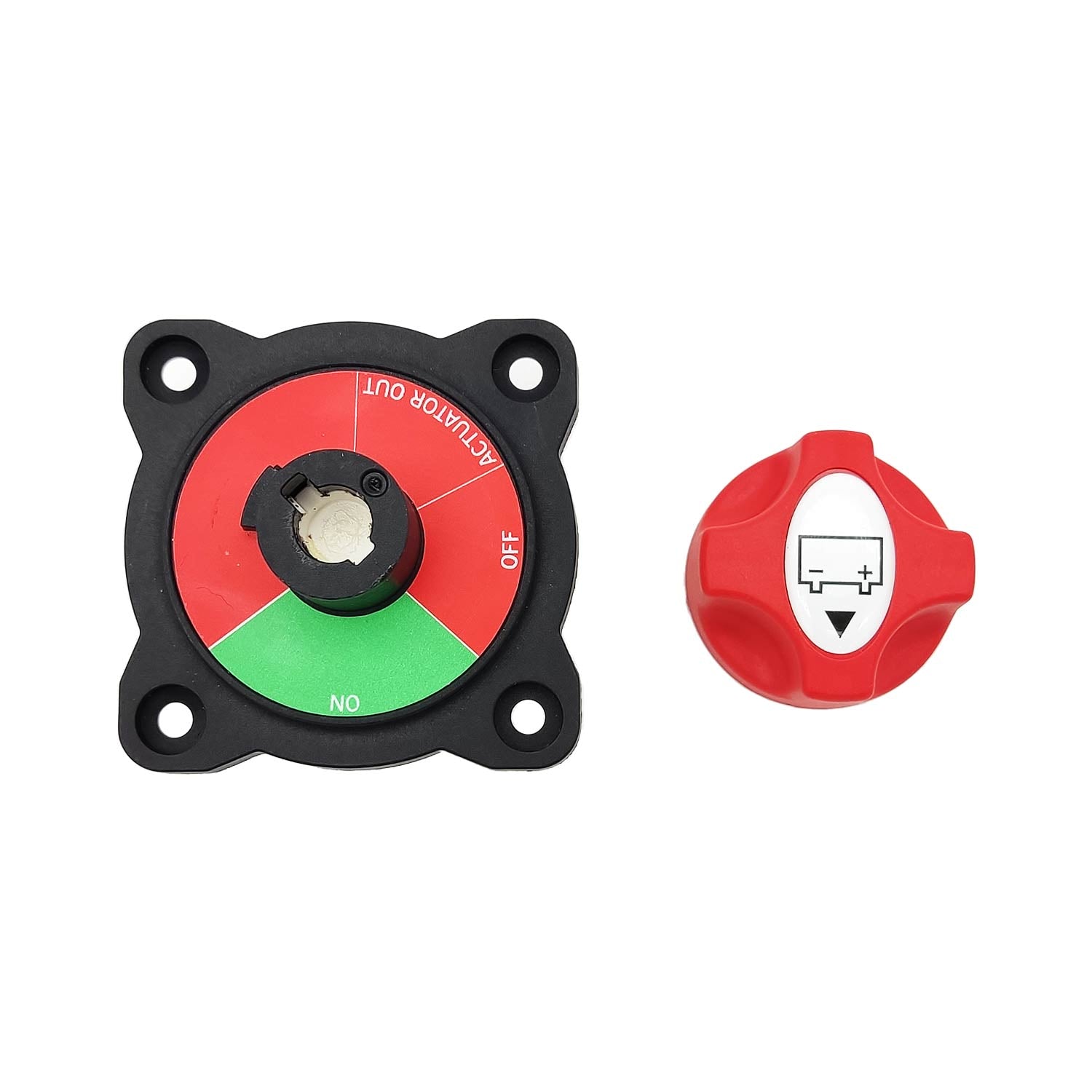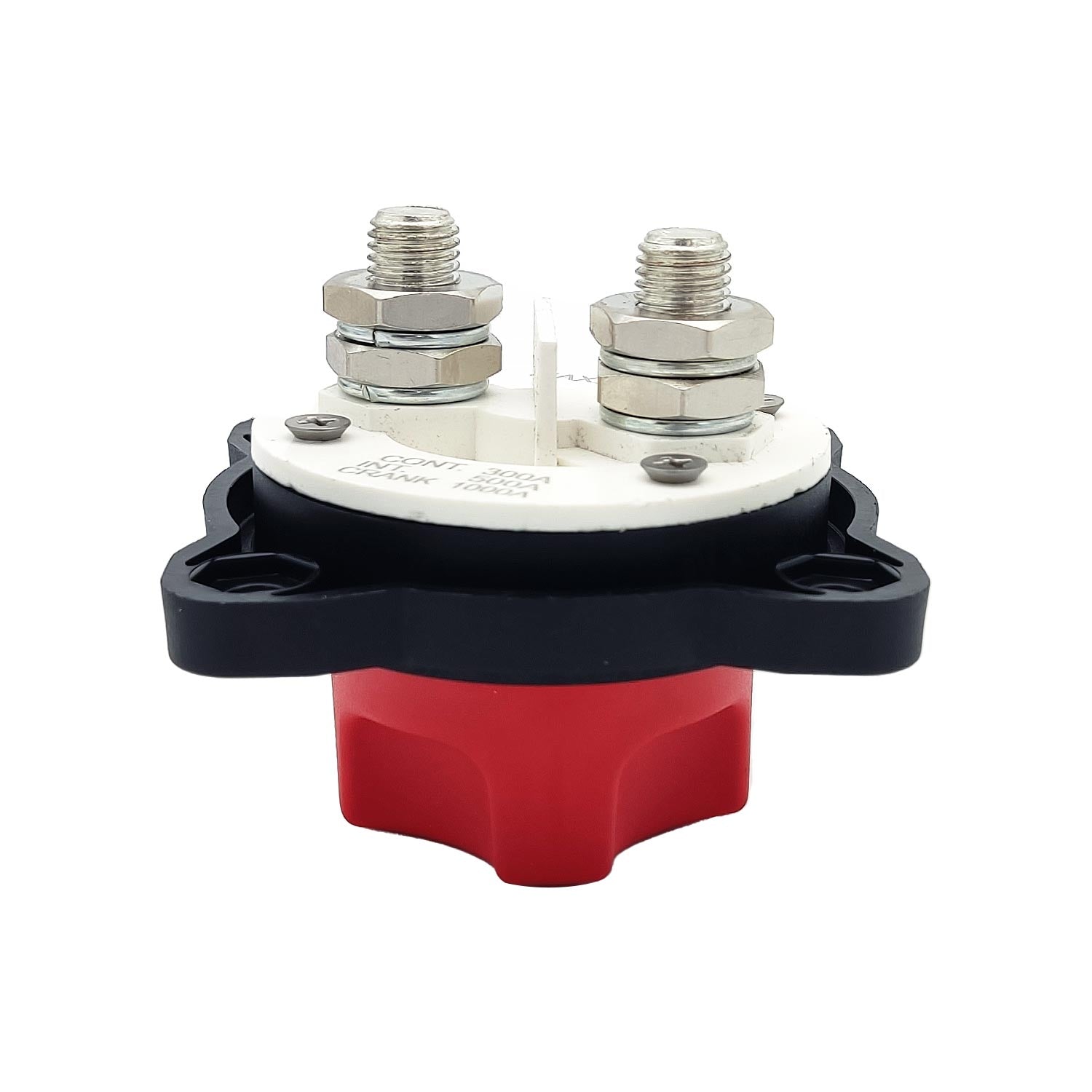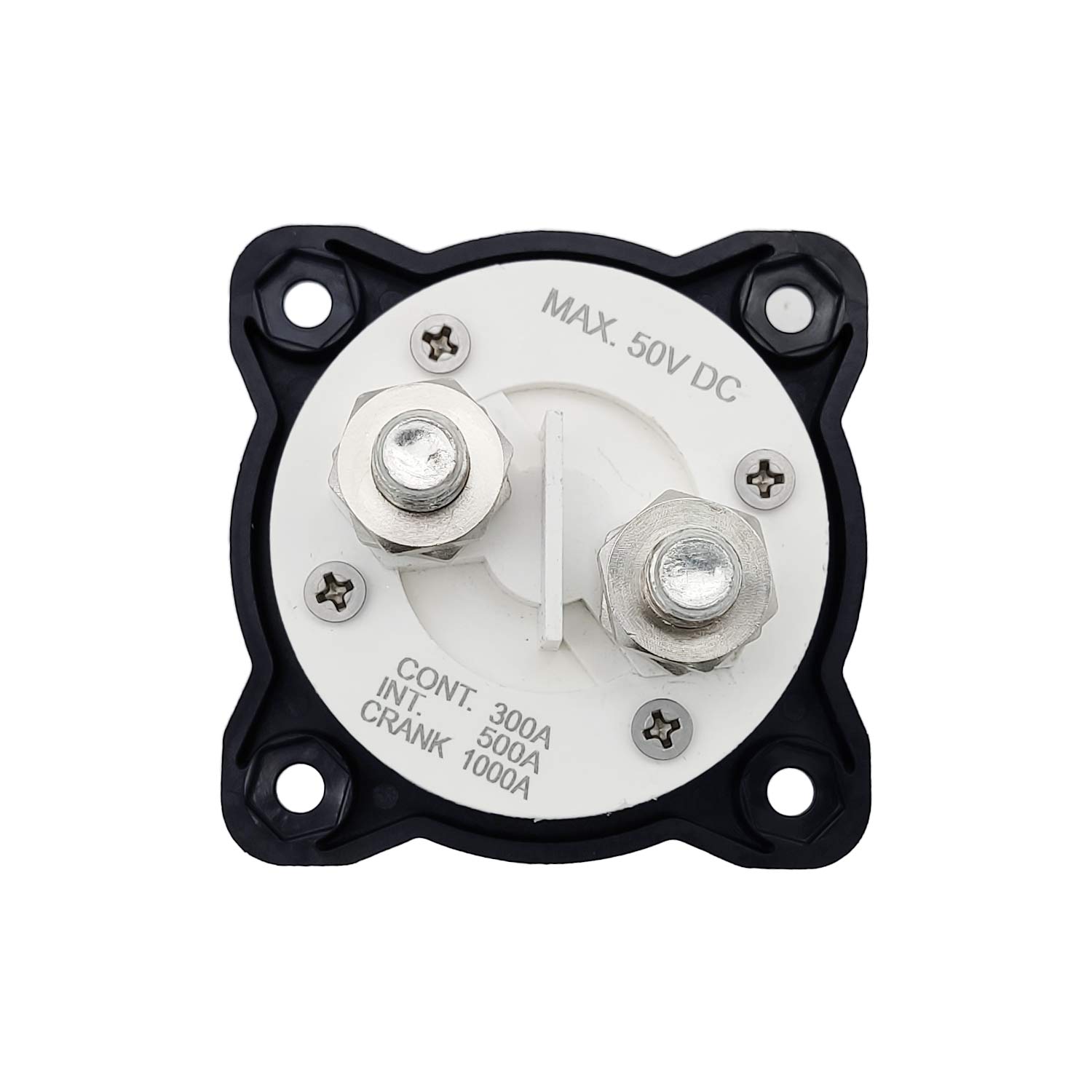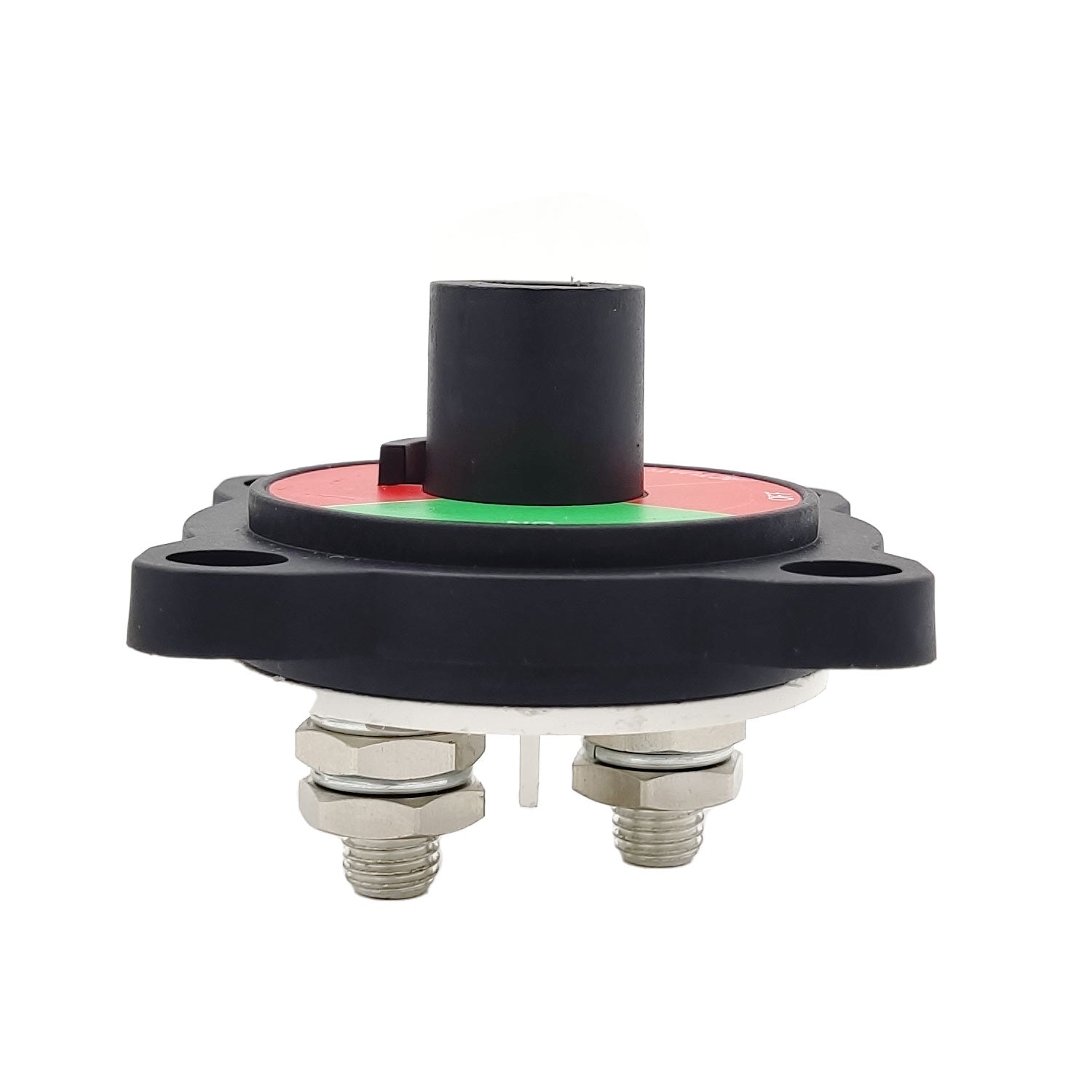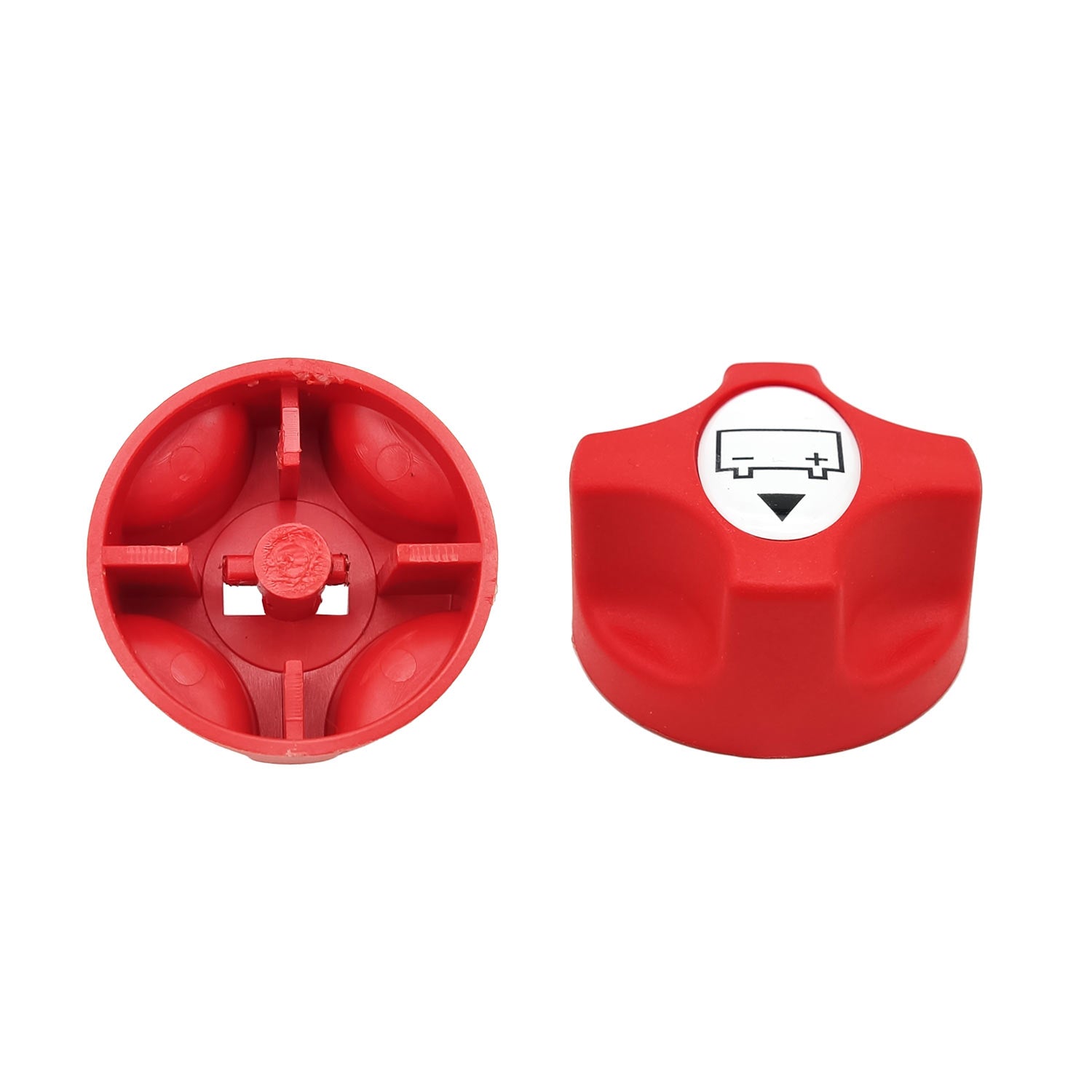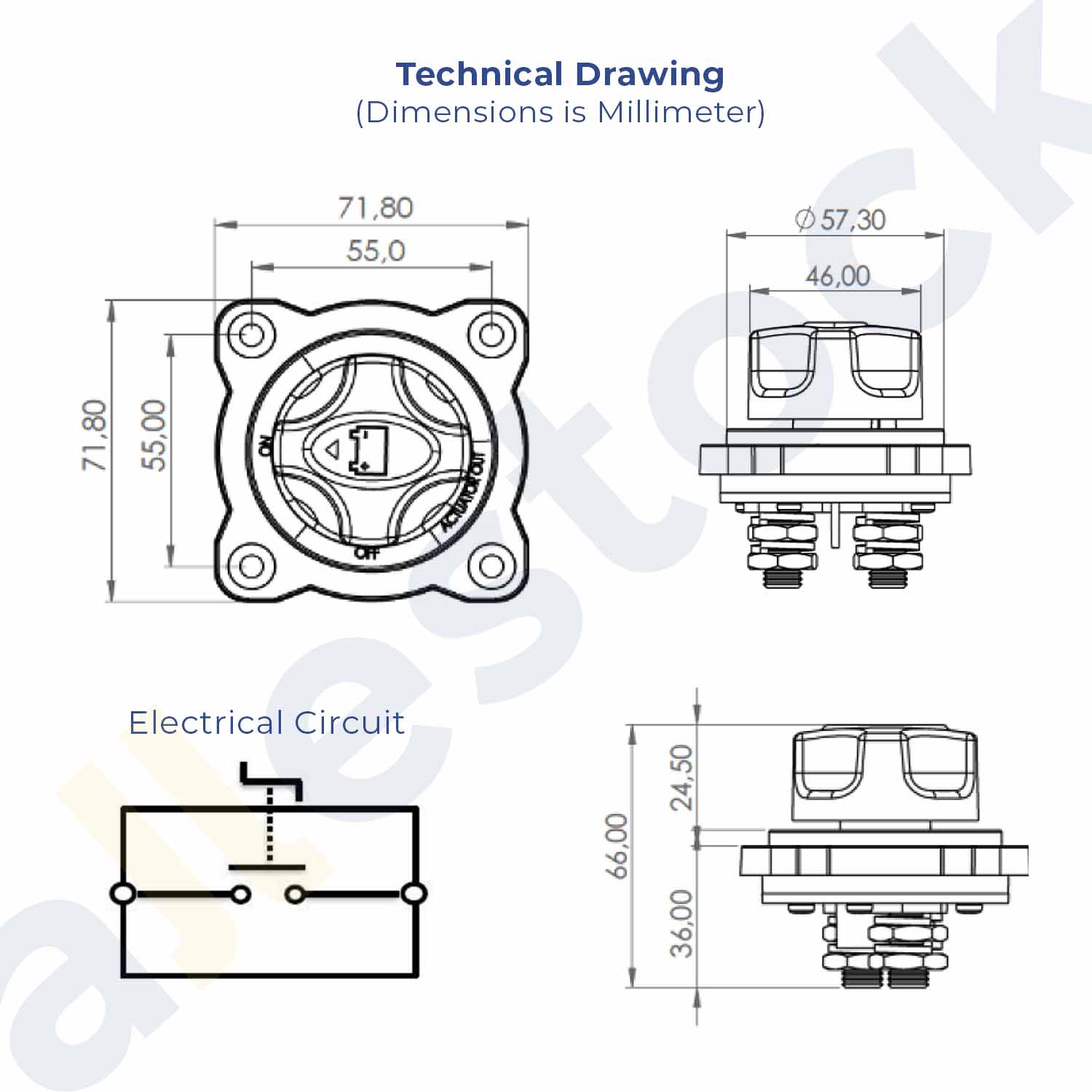Battery Disconnect Switch for Boat Marine Caravan Truck Car IP54 50V 275A (Max 1250A 5Sec.) 3 Positions (On-Off-Actuator Out)
Battery Switch On-Off-Actuator out 300A-1000A (30sn) IP68
Product Technical Features:
- Operating Temperature: -40 ˚C to +85 ˚C
- Working Voltage: 12-50 V
- Working Current: 300 A
- Maximum Current Capacity: 1000A (30sec)
- Connector: 2 x M10 Copper Connectors
- Body Material: PBT GF 30%
- Top Cover Material: PBT GF 30%
- Contact Material: Copper
- Screw Material: Copper
- Nut Type: M10 Brass Nut
- Environmental Resistance: Resistant to UV Rays
- Ingress Protection: IP54
- Switching: On-Off-Control Disabled (On-Off-Actuator Out)
Product Material Information:
- Usage Areas: Trucks and Trucks, Buses, Marine Industry, Commercial Vehicles, Caravans
- Cuts the electrical circuit between the battery and the starter
- Provides effective protection against theft and fire hazard when the vehicle is parked
- All plastic raw materials used have RoHS and Reach Certificate
- It is made of flame retardant material with high thermal resistance.
- Technical drawing dimensions are in millimeters
Product information:
- It is called as universal marine type rotary IP54 protected battery circuit breaker.
- Marine Battery switch has 12V 50V operating voltage values, maximum current capacity is 1000A for 30 seconds
- The rotary marine battery circuit breaker switch product has the feature of removing the key cap.
- Marine boat car truck caravan battery disconnect switch
- Panel circuit breaker switch product On-Off-Actuator Out
- Truck, Caravan battery switch 3 position circuit
Couldn't load pickup availability
Got questions?
Ask a question about the product get in touch


